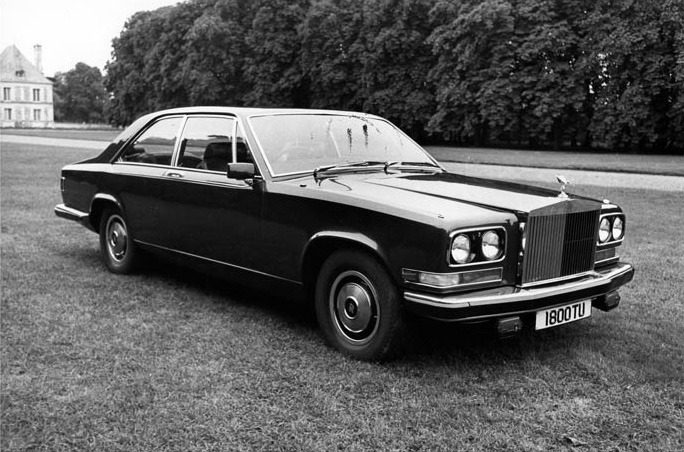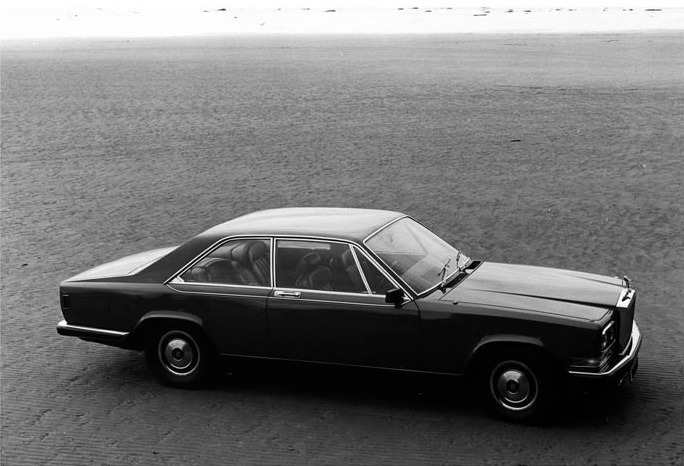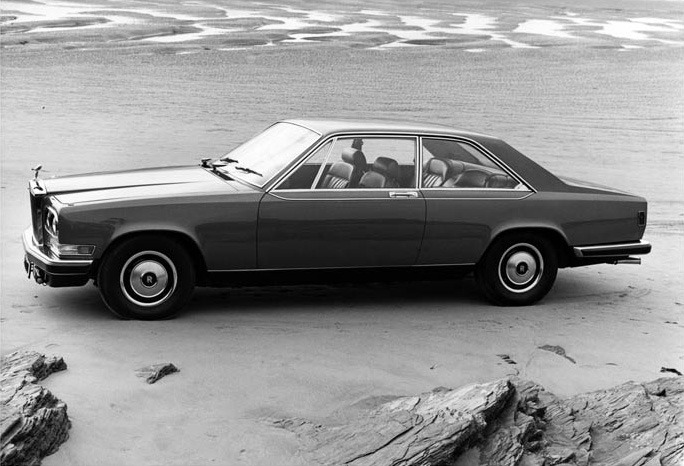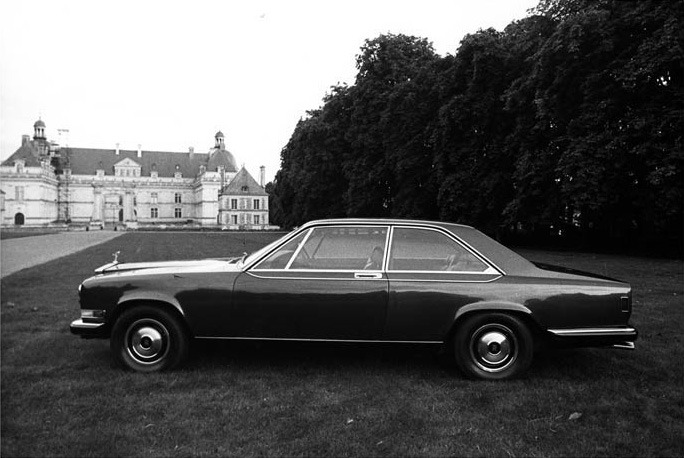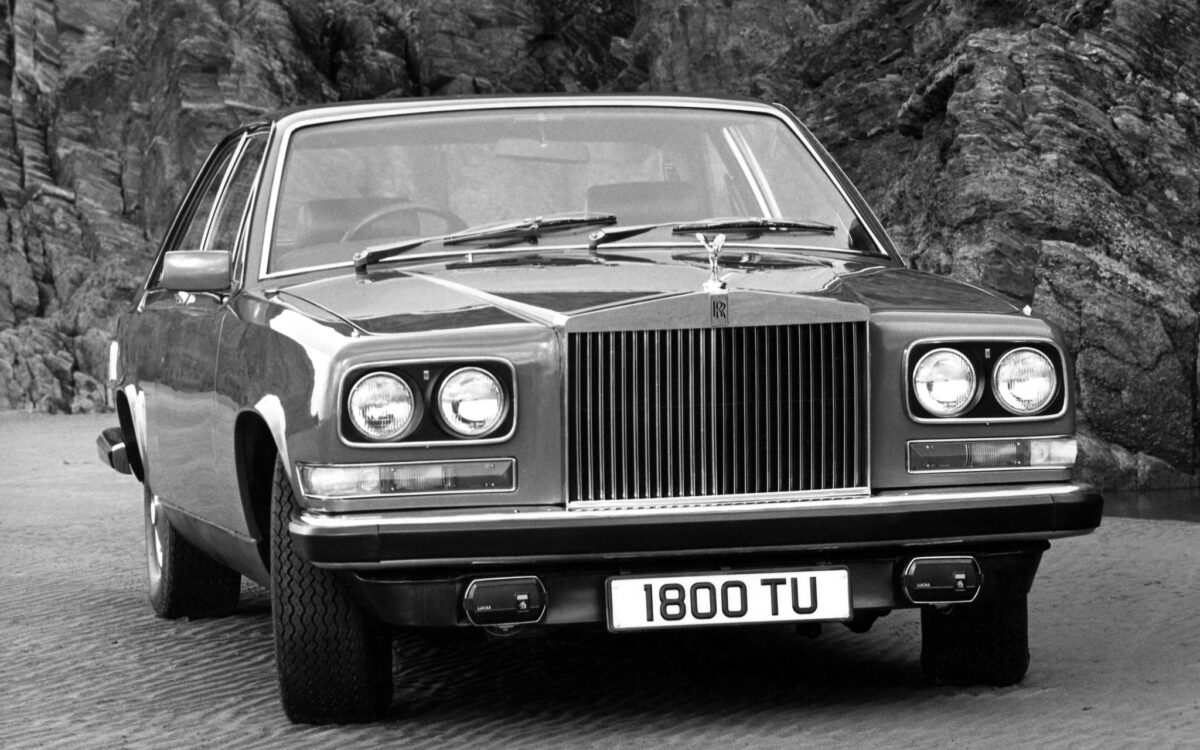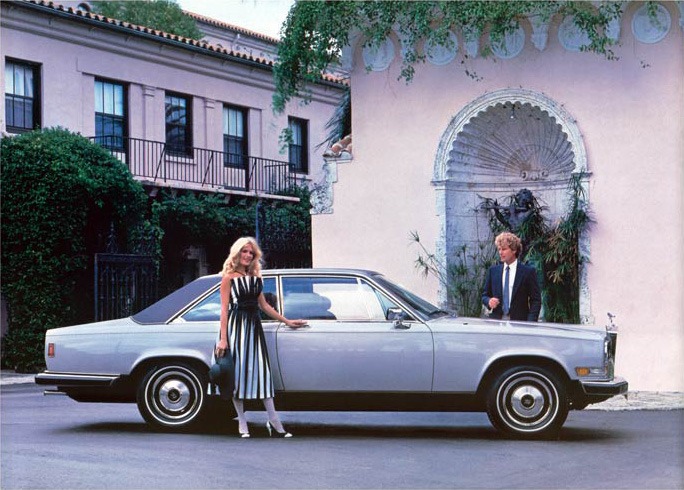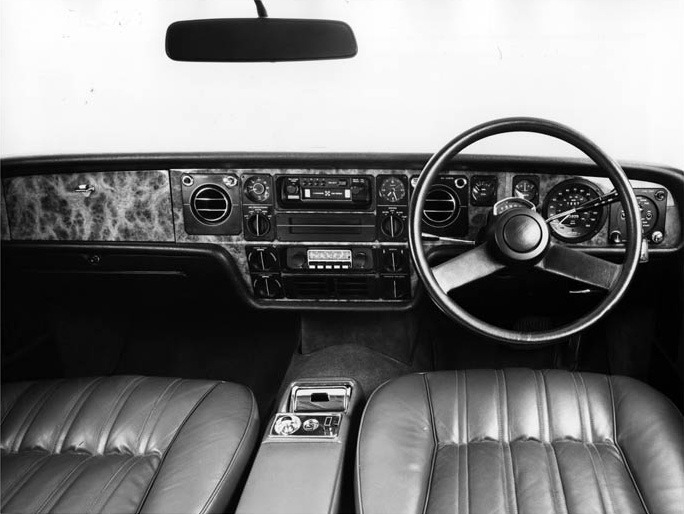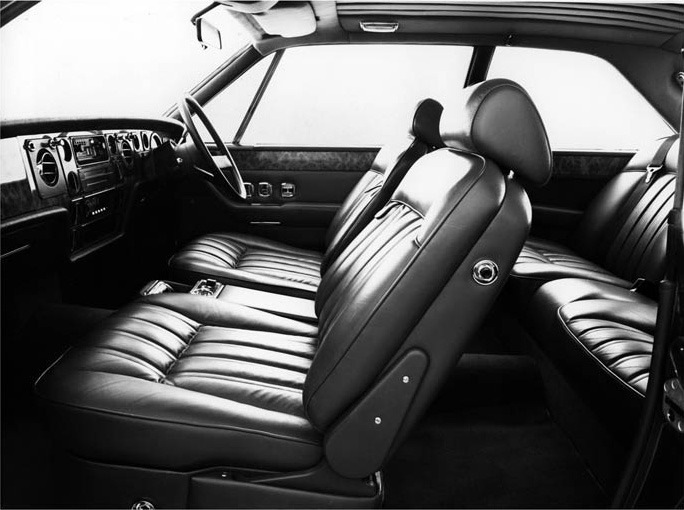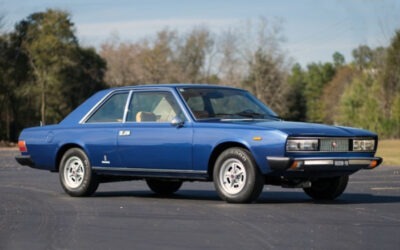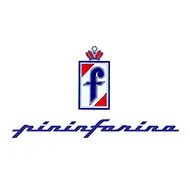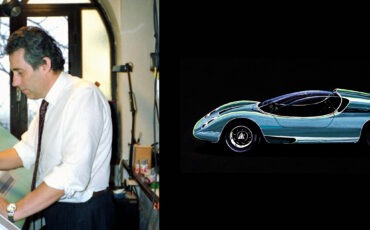ASI and FIVA Honor Giorgetto & Fabrizio Giugiaro and Paolo Martin
Turin has long been a global epicenter of automotive design, a city where innovation and artistry have shaped the industry for over a century. From the early 1900s, beneath the iconic Mole Antonelliana, timeless vehicles have been crafted, making Turin the undisputed heart of Italian car design. Today, this legacy continues within the newly established “Vehicle Valley” of Piedmont.

